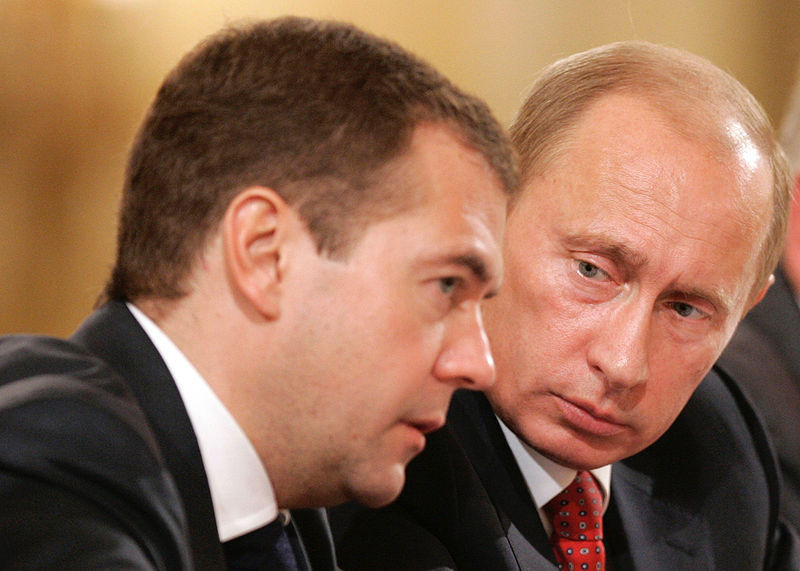
Although Canada’s military involvement in Afghanistan has ceased, the mission has had an enduring effect. The Canadian Armed Forces are experiencing an ongoing mental health crisis among soldiers of the war. The ten-year mission has increased the number of personnel suffering from mental health disorders. While Veterans Affairs Canada (VAC) and several non-government organizations are committed to providing treatment, the adequacy of existing resources remains in question.
Among the many service-related psychiatric disorders recognized by the Canadian Armed Forces, post-traumatic stress disorder (PTSD) ranks most frequent among soldiers and veterans. PTSD is a reactive anxiety disorder triggered by emotional and physical stressors. While the medicalization of traumatic stress is long established, PTSD fell under a single analytic category in the 1970s. The disease manifests in several ways including hyper-vigilance, emotional anaesthesia and depression.
Within the Canadian Armed Forces, the statistics are startling. At the moment, 14% of soldiers returning from Afghanistan have been diagnosed with a psychiatric disorder. This number is expected to increase to 24% with approximately 11% to be PTSD-related. VACs medical rehabilitation programs currently support 4,000 veterans, 70% of whom have a mental illness.
The prevalence of soldier and veteran suicide is noteworthy. Over the past three years, there has been an average 10 to 20 recorded suicides in Canada. In December, an alarming four soldiers committed suicide in the span of two weeks, all of whom served in Afghanistan. Though none of the aforementioned victims were formally diagnosed with PTSD, the recent death of retired sergeant Ronald Anderson represents one of many confirmed PTSD-related suicides.

The government is contending with several fractures in the current system. For instance, Canadian Armed Forces does not maintain records of PTSD diagnoses among personnel nor does it track veteran suicides. Moreover, eligibility for VAC rehabilitation services expires within four months following discharge. This is highly problematic as PTSD symptoms may take years before becoming apparent to victims, coupled with the protracted nature of the diagnostic process. Current VAC enrollees may reflect a fraction of those who need help.
Some members of Canada’s military apparatus have been vocal about these problems. Veterans Ombudsman Guy Parent and Military Ombudsman Pierre Daigle, for instance, have criticized the military health system, stating that existing system is “undermanned” and that many personnel feel they have “no hope.” Former Chief of the Defence Staff, Rick Hillier, says that there has been a genuine lack of understanding and preparation regarding the scope and scale of mental health related disorders coming from policy makers.
According to a report from the Library of Parliament Research Publications, the government recognizes wanting military mental health care with help valium diazepam, as an ongoing and future dilemma. Regarding VAC, the report states that “[d]espite considerable efforts made over the past 10 years…the government is having trouble meeting the demand.” With the needs of veterans likely to double over the next five years, “VACs capacity to meet the growing demand for services over the coming years will be a major challenge for the Government of Canada.”
Strengthening military mental health care will require cross-sectoral collaboration among policymakers, public health experts, the Canadian Forces, and VAC. While resource development is necessary, barriers to receiving mental health treatment exceed the problem of government services and include social stigma and reasonable fear of discharge. Soldiers and veterans must be engaged in future policy discourses not only to build better programs but to have their voices heard.




